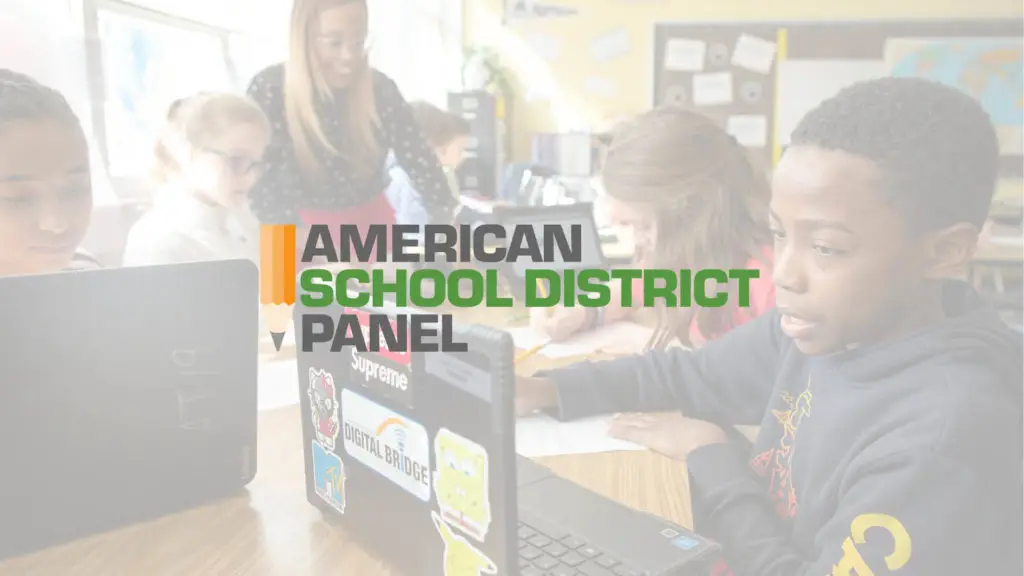In the face of unprecedented academic, personnel, and student and staff wellness challenges over the last 20 months, public school districts, charter management organizations, and state education agencies have taken dramatic steps to expand their scope of services.
“We have learned that education systems, whether at the district or state level, actually can be flexible if we’re given the ability and the room to be flexible,” Tennessee Education Commissioner Penny Schwinn said during a November webinar held by the American School District Panel (ASDP).
ASDP is a nationally representative standing survey panel of public school leaders comprising more than 950 public school districts and charter management organizations. The ASDP partners—Center on Reinventing Public Education, RAND Corporation, Chiefs for Change, the Council of Great City Schools, and Kitamba—created the survey panel to ensure that decisions about education policy are informed by the leaders tasked with putting it into practice. To date, the panel has contributed to four surveys, six case studies, and a webinar bringing together district, state, and community leaders that shed light on how public schools are navigating the COVID landscape and planning for pandemic recovery.
Survey results and the experiences of district and CMO leaders to date confirm that significant shifts have already occurred, including dramatic increases in technology deployment and mental health services. However, concerns about future funding once federal aid expires could jeopardize these gains.
This brief highlights five key takeaways from ASDP’s research that have implications for state policy and practice.
- Parents don’t want to return to the status quo.
- Districts need partners to help them meet the growing range of student needs.
- Sustainable services that supplement district efforts can mitigate the funding cliff.
- Big bets at the state level could yield big dividends.
- Districts need support—and guardrails—on virtual schools and online learning.




